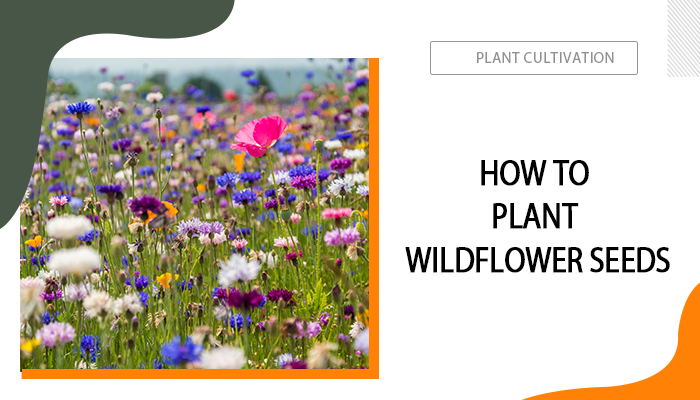When & How to Plant Wildflower Seeds
Wildflower gardens are not only a stunning addition to your landscape but also a crucial habitat for pollinators such as hummingbirds, bees, and butterflies. If you're looking to create a vibrant, eco-friendly garden with astonishing wildflower meadows, this complete guide will provide you with essential steps on how to plant wildflower seeds successfully.
To have a rough look here, you’ll have to go through the following steps:
- Pick the spot
- Choose the season to plant
- Prepare the soil ground
- Sow wildflower seeds
- Compress the seeds into the soil
- Proper watering
Now, let’s dive into the details of how to plant wildflowers seed.
Table of Contents
1. Pick the Spot for Wildflower Seeds
To get the best results, you might want to consider 2 factors when spotting where to plant the seeds: the lighting and the soil.
Many wildflower species are sun habitats and thrive in full sun conditions. By saying full sun, it means that the plants require at least 6 to 8 hours of direct sunlight each day. So, when choosing the meadow to plant wildflower seeds, make sure it bears shiny sunlight.
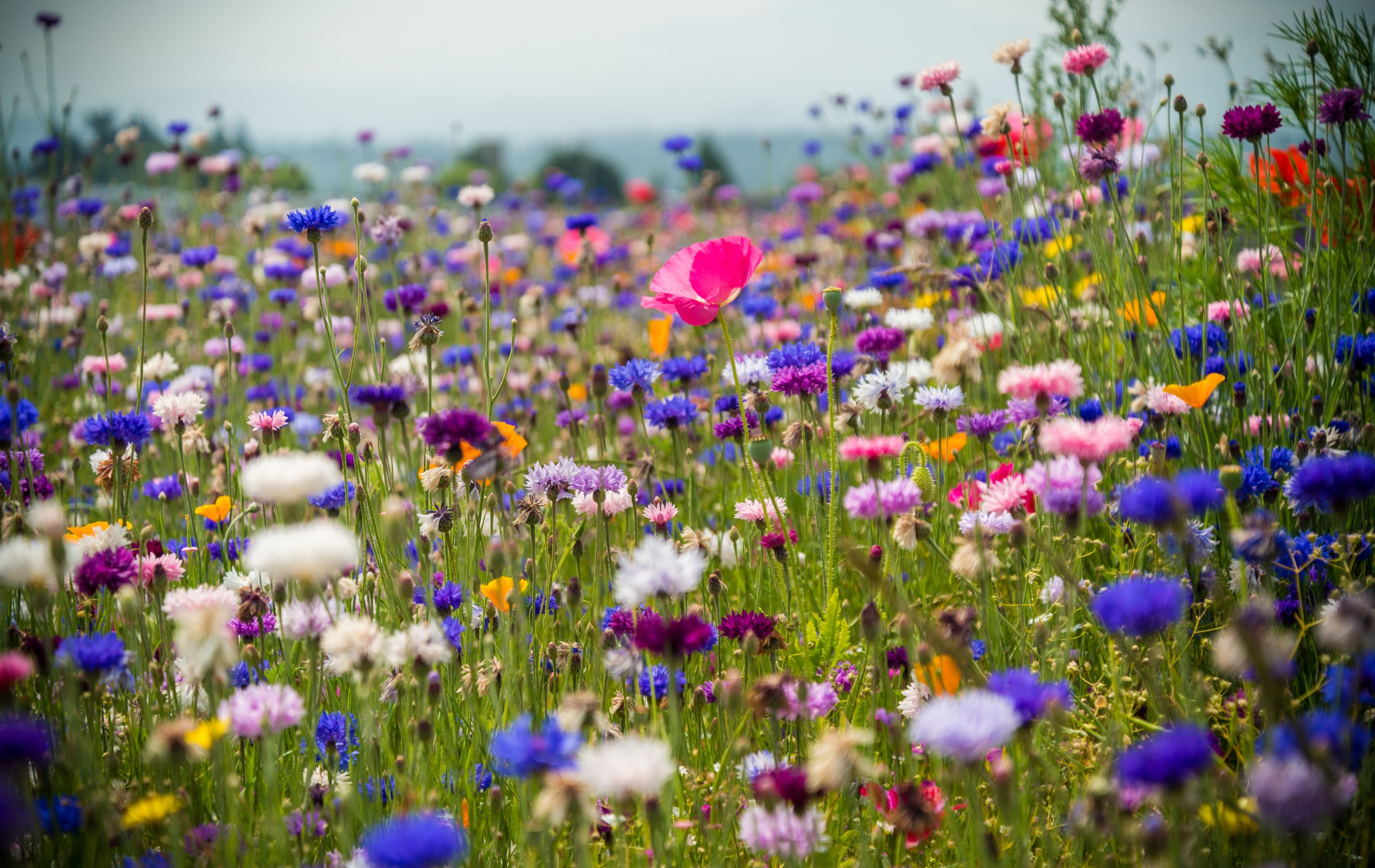
You should get the idea from its name that wildflowers are pretty adaptable and can fit in any existing soil, especially if you see other plants, such as grasses or weeds, are already growing in that area. What’s better, wildflowers generally do not require much fertilization and can thrive in poor soil conditions. The only thing to notice is that the soil must have good drainage.
2. Choose the Season to Plant
What is the best month to plant wildflower seeds? In most regions, spring, somewhere around March to April, is the ideal time to sow wildflower seeds, particularly for annual varieties. Additionally, for regions experiencing hardy winters, fall is a good choice to germinate the wildflower seeds.
Spring Planting
The recommended period to plant wildflower seeds is between March and April, which allows the seeds to germinate and establish themselves during the growing season, enabling you to enjoy the blooms longer.
When planting wildflower seeds in spring, make sure the soil temperature rises above 55°F and there won’t be any destructive frosts before sowing the seeds. Since the wildflowers don’t actually prefer much water, you should also skip the rainy seasons in certain regions, such as California, Florida, etc.
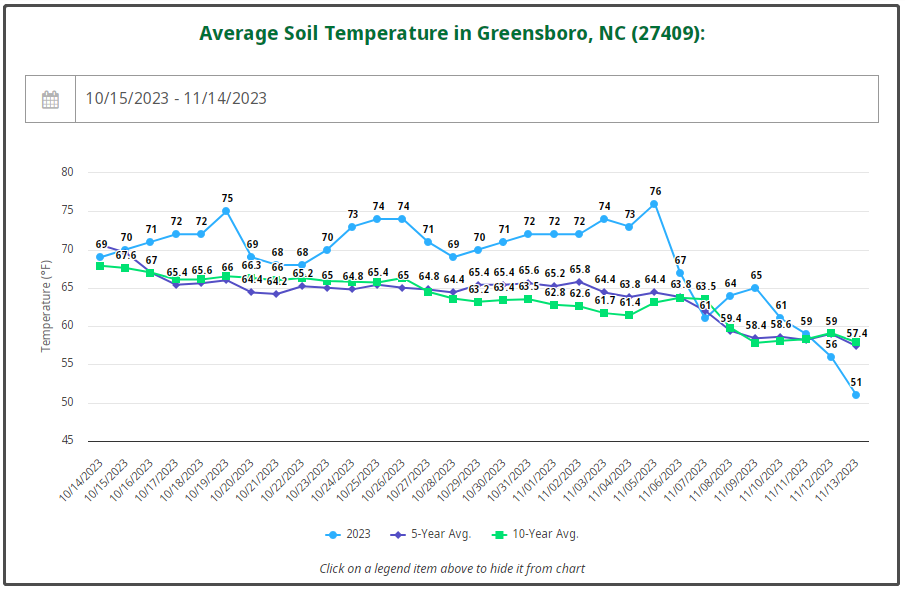
Fall Planting
In the northern hemisphere, fall, generally from mid-September to late November, is also a favorable time for sowing wildflower seeds. Planting in the fall helps the seeds avoid the risk of sprouting prematurely and then being damaged by late-season frost. taking advantage of the winter's freezing and thawing cycles for natural stratification, which can aid in seed germination.
What’s more, planting wildflowers in the fall aids the wildflower seeds a quick start once the ground thaws in the spring, giving them a competitive advantage over weeds.
3. Prepare the Soil Ground
Wildflowers are planted on outdoor grounds in most cases, and that’s why it’s a big matter to get the soil well-prepared for future harvesting. We are sure you don’t want to see stunted germination or weeds taking over the meadow.
Step 1: Loosen the Soil
The first task in preparing the seedbed is to loosen it. By doing so, it enables better aeration and water infiltration which are crucial for the wildflower seeds to establish strong root systems. To accomplish this, you can use a garden fork or a tiller to break up the top 2-4 inches of soil.
Step 2: Weed Removal
Naturally, weeds compete with your wildflowers for resources like sunlight, water, and nutrients, particularly during the first stage of plant growth. You can remove weeds by hand-pulling, using a weeding tool, or applying an appropriate herbicide if necessary.
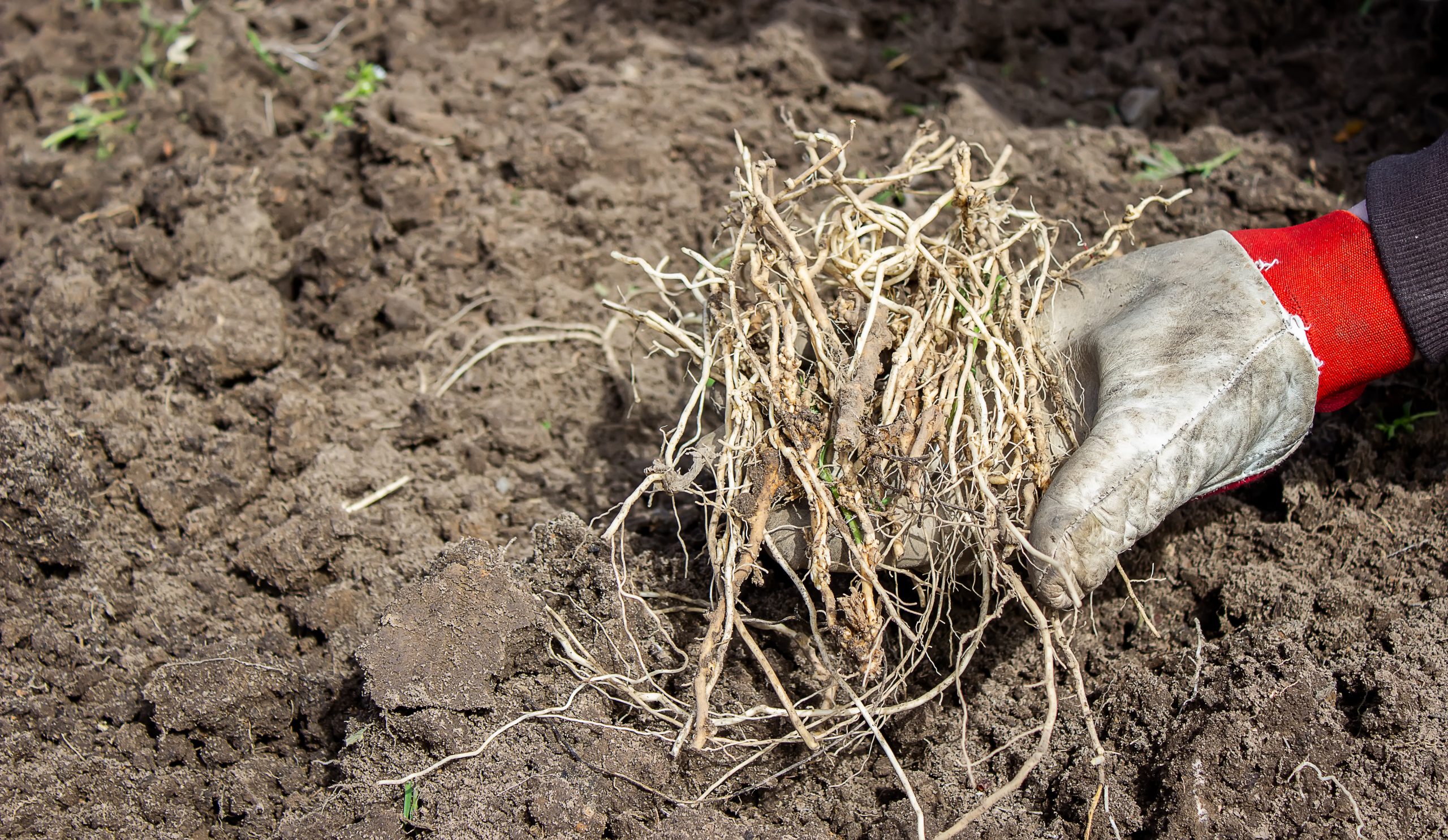
Step 3: Level the Soil
A flat and even seedbed ensures the wildflower seeds are sown at a consistent depth and that they have good soil-to-seed contact, which is a must-have for germination. You can achieve a level seedbed by gently raking the soil surface with a garden rake.
4. Sow Wildflower Seeds
How to sow the seeds effectively for an even distribution and proper coverage? Well, you can either use a seed spreader or broadcast wildflower seeds by hand. If you ask which method is better, we’d say your two hands are able enough to handle the task. However, for large areas, you’ll need a seed spreader for sure.
Step 1: To ensure even coverage when broadcasting by hand, it's advisable to mix the wildflower seeds with a carrier material, such as sand or vermiculite. It’s also OK to mix the seeds with soil if you don’t have any carriers.
Step 2: Once you’ve managed a consistent seed-to-carrier material ratio, walk across the seedbed from one side to the other, gently tossing the seed mixture in a sweeping motion to evenly disperse it over the area. Repeat this procedure in a reversed direction to finish sowing the wildflower seeds.
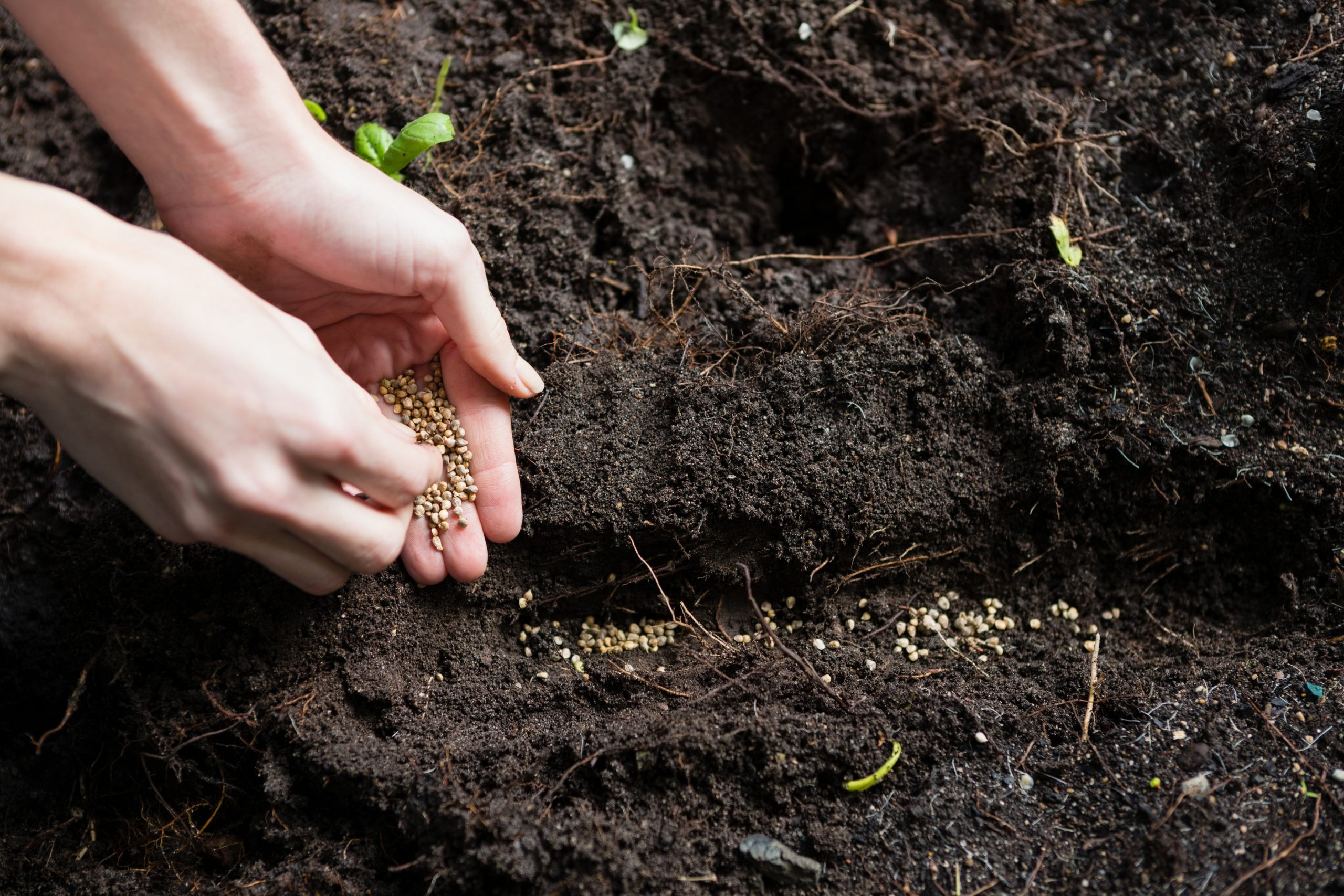
Pay attention to areas along the edges of the planting site, corners, and any irregularities in the terrain to ensure that no spots are missed.
5. Compress the Seeds into the Soil
Compressing the seeds into the meadow ensures good seed-to-soil contact, which, in turn, accelerates seed germination and facilitates the delivery of moisture and nutrients to the seeds. You can simply step on the ground gently or use a seed roller to compress the seeds, depending on the scale of the wildflower meadow-to-be.
When you compress the seeds, do not settle them too hard into the soil, making the seeds completely buried. After all, wildflower seeds are pretty small and it can be hard for them to absorb sunlight once buried too deep. However, when encountering heavy rain or gale, you can cover the meadow with straw to prevent any unexpected consequences.
6. Proper Watering
Your wildflower seeds will not enter a relatively stable and healthy condition until they are 4-6 inches tall, generally after you plant the seeds at least 4 weeks long. You’ll have to ensure consistent and regular watering before that. How?
After sowing the wildflower seeds, give the area a gentle and thorough initial watering. Use a garden hose with a gentle spray attachment to promote good seed-to-soil contact. Then, water the meadow every few days or when the soil surface starts to dry out. As the wildflowers establish and grow, you can gradually reduce the frequency of watering.
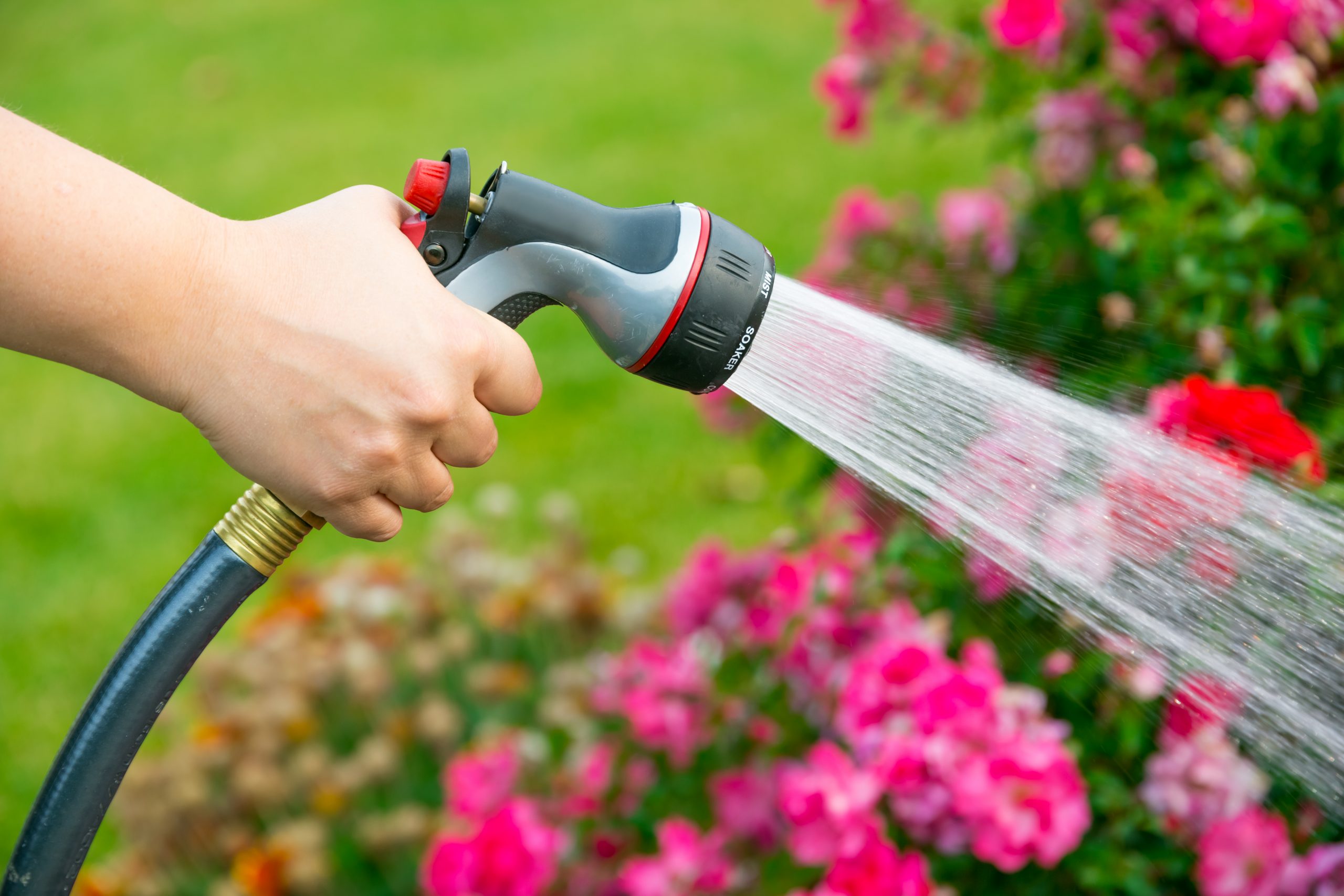
Note: It's often best to water wildflower seeds in the morning. This allows excess moisture to evaporate during the day, reducing the risk of fungal or mold diseases that can occur in damp conditions.
Voila! That’s the whole process of how to plant wildflower seeds. Looks pretty easy, right? As long as you follow the guide, all you need to do is let Mother Nature work its magic.
Bonus: When Will Wildflowers Bloom
The timing of wildflower blooms varies depending on the type of wildflowers. When you purchase the wildflower seed mix, you can easily know if they are annual, perennial, or biennial from the package.
- Annual Wildflowers: Annual wildflowers, including California Poppy and Cosmos, typically bloom relatively quickly, often within 6 to 12 weeks after planting.
- Perennial Wildflowers: Perennial wildflowers such as Purple Coneflower and Black-Eyed Susan, on the other hand, require more time to establish their root systems. These wildflowers typically bloom in their second year after planting and continue to return in successive seasons, providing blooms year after year.
- Biennial Wildflowers: Biennial wildflowers, say, Foxglove and Sweet William, have a unique blooming pattern. Similar to perennial wildflowers, they establish themselves during their first year and then bloom in their second season. However, after blooming, they may set seeds and complete their life cycle.
Conclusion
In conclusion, knowing how to plant wildflower seeds can be a rewarding endeavor, as the colorful meadow adds beauty and ecological value to your outdoor space. By following the steps above, you can create a thriving wildflower garden that attracts pollinators, supports local wildlife, and enhances your landscape for years to come.


